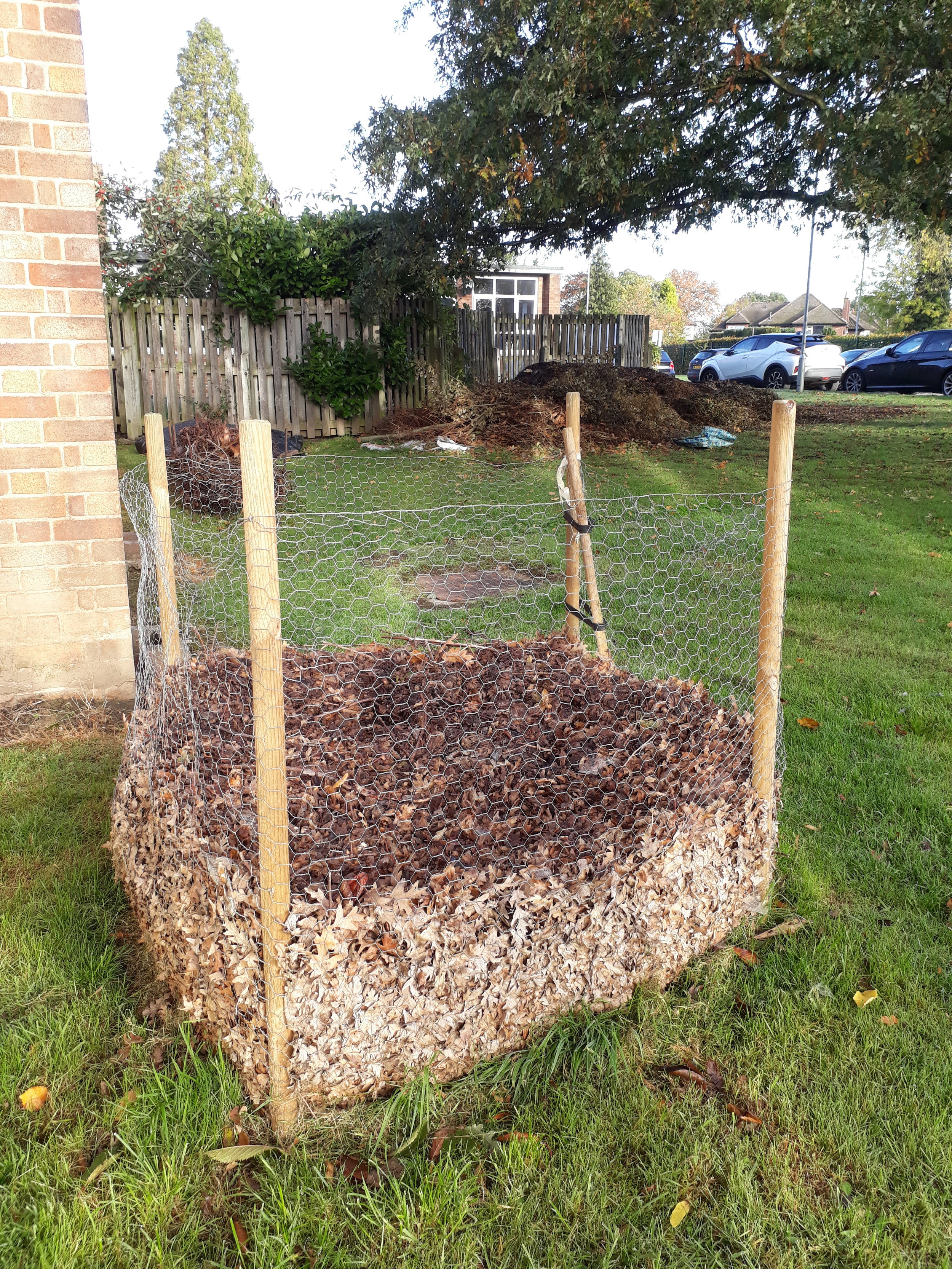I have two Camellias (Camellia japonica), one at the front and one at the back, both inherited from the previous home owner. I’m not sure what cultivar they are but they have gorgeous red-pink flowers in early spring, when not much else in my garden is in flower.
This morning, when I was pegging out the washing (ever the optimist, me), I remembered a task that I should have done a few weeks ago. Since the weather forecast seems pretty mild for the next week or so, I thought I’d do it immediately, before forgetting again.
Autumn is a good time to give early flowering, acid-loving (ericaceous) plants such as Camellias a good water, before the winter frosts set in. This boosts their bud-formation, which happens throughout the autumn. I gave each plant a large watering can each, filled up from my water butt. Rainwater is ideal for ericaceous plants because it is acidic.
Whilst watering, I noticed that a few of the leaves on one of the plants are yellow. This is possibly a sign of lime-induced chlorosis. If the pH of the soil is too high (too alkaline), it prevents the Camellia taking up sufficient iron to make chlorophyll, hence the loss of green colour. I shall keep an eye on this, and consider an ericaceous feed in late spring, after it has finished flowering.
Other early flowering ericaceous plants that benefit from some autumnal watering with rainwater include azaleas and rhododendrons. Here’s a picture of the rhododendrons in flower at Muncaster Castle in West Cumbria, a few springs ago.
Coming next - Gardening jobs for November (I really mean it, this time).











